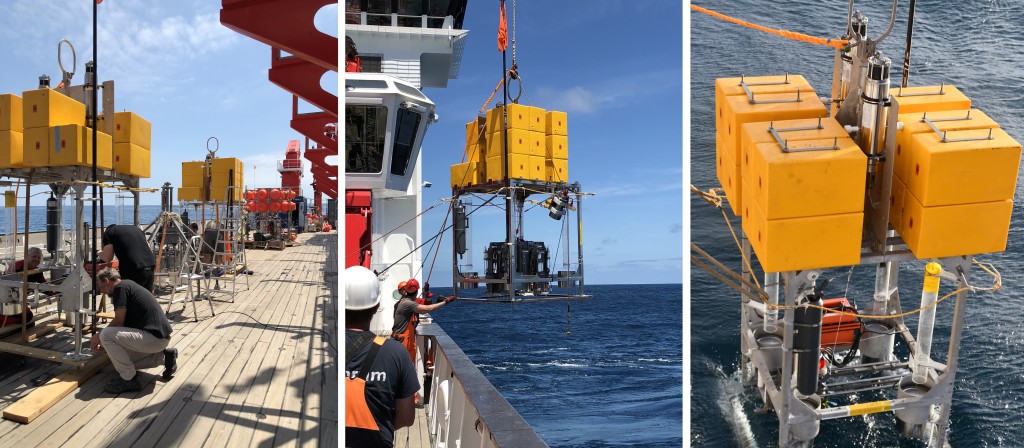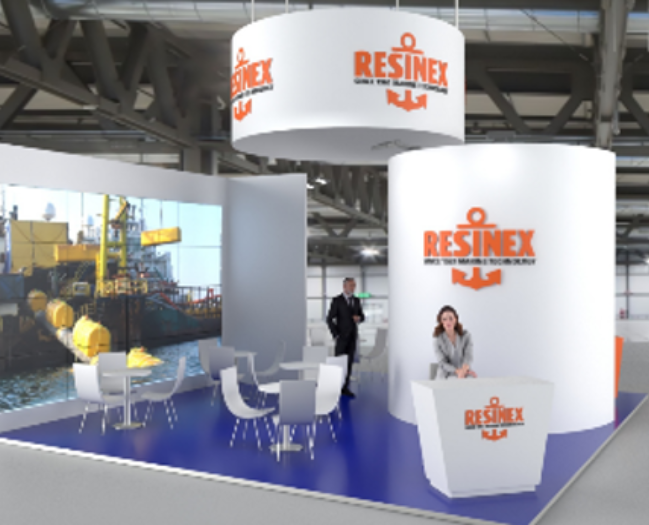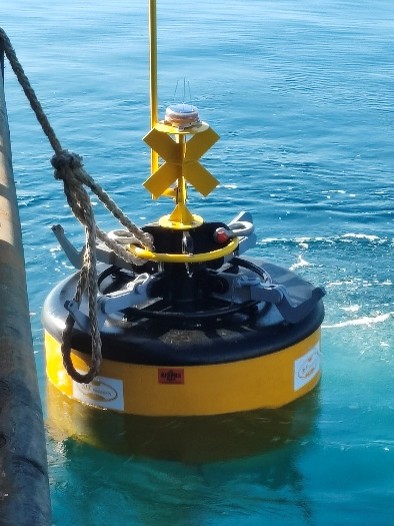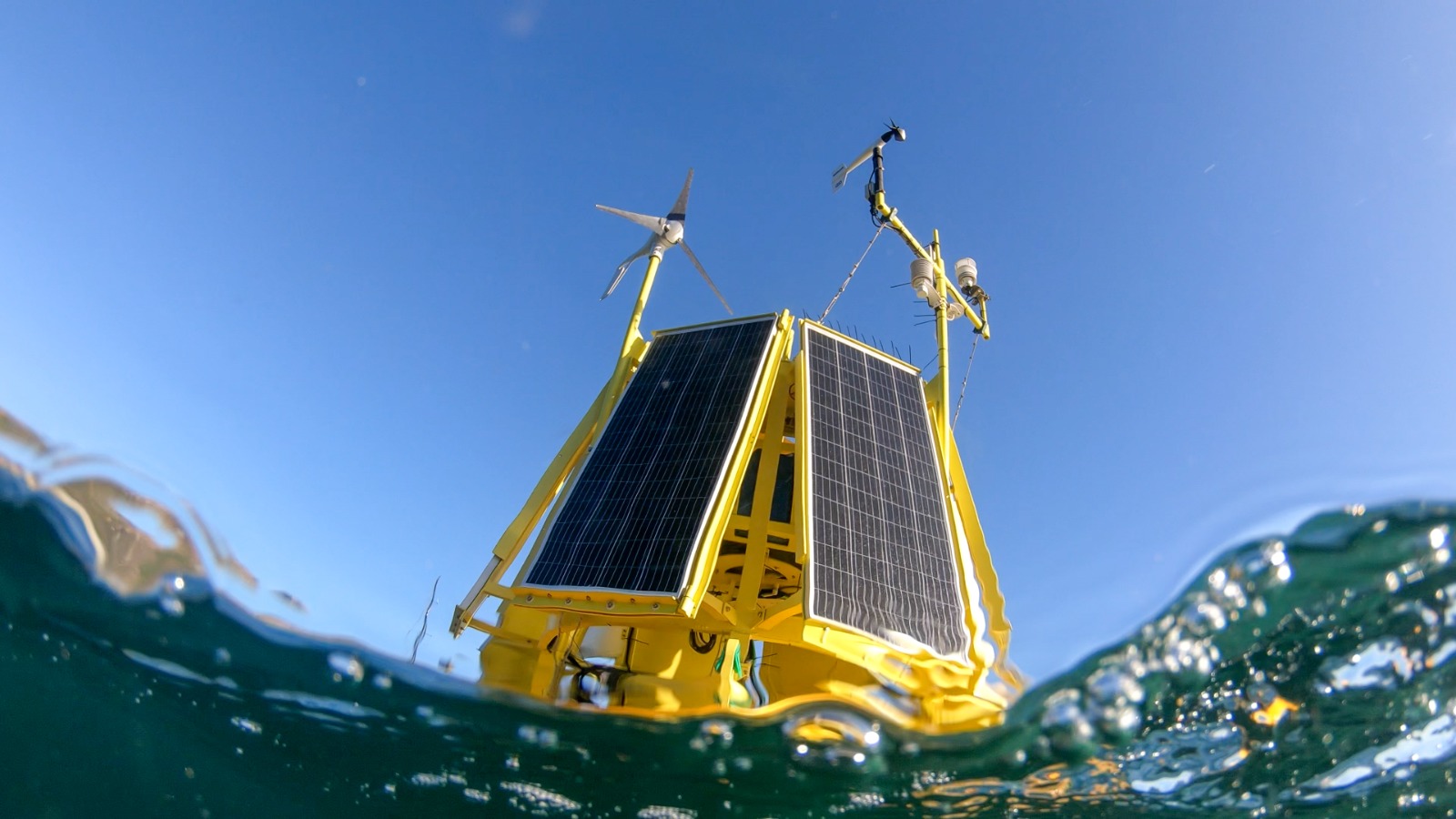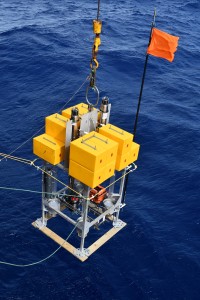
Resinex was chosen to support every phase of the important HADES project, through the supply of syntactic foam modules used at a depth of 11,000 meters
Resinex, with its wide experience in high depths, has been chosen to support each phase of the important project HADES granted to Prof. Ronnie N Glud at University of Southern Denmark, through the supply of syntactic foam blocks tested at 11.500 metres and used at 11.000 metres of depth to explore the deepest marine habitats on Earth.
The purpose is to analyze the processes responsible for the transport of organic material to the trenches, the mineralization processes in the trench sediments and characterization of the unique microbial communities mediating these processes. This project is 5-years-long and includes various cruises.
The first cruise was at the end of 2016 in the Mariana trench, located in the Western Pacific East of Philippines, for which Resinex has provided 10 syntactic foam blocks rated 11.500 metres. The blocks are rotationally moulded, manufactured in linear polyethylene and filled with Resinex syntactic foam which guarantees resistance at 1150 bars.
The blocks were tested in the Resinex Marine Research Centre with a hydrostatic pressure of 900 bar and then they have been tested again by the University of Southern Denmark at 1100 bar in Japan at Japan Agency for Marine-Earth Science and Technology. All the tests have been passed successfully.
The aim of the expeditions is to provide the first detailed analysis of deposition and mineralization of organic material in some of the most scarcely explored regions of the ocean: the deep hadal trenches.
The hadal depth zone reaches from 6.000 metres depth to the deepest sites on Earth at 11.000 metres in the Challenger Deep of the Mariana trench.
The trenches are virtually unexplored, but preliminary investigations suggest that trench bottom represent hotspots for the deep ocean with intensified turnover of organic carbon and nitrogen– presumably mediated by specialized microbes that are adapted to the extreme conditions at these depths. Given the extreme hydrostatic pressure, recovered biogeochemical and microbial samples are prone to be affected recovery artifacts. Therefore trustworthy measurements have to be realized directly at the trench bottom and microbial samples have to be fixed at depth before recovery.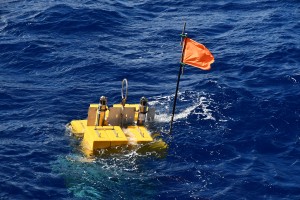
In Summer 2017 Resinex provided 34 more syntactic foam blocks for new cruises in sites of Kermadec (November – December 2017) and Atacama Trench (March 2018) with a depth ranging from 8.100 to 10.900 metres.
During the research cruise to the Kemadec trench, north of New Zeeland, has been carried out a detailed study of the biological processes in the trench was carried out using freefalling autonomous instruments. All instruments were equipped with syntactic foam from Resinex.
The instruments were deployed to depths greater than 9000 m and were used to study oxygen distribution in the seabed and recover sediment for ship based studies of biological processes and microbial diversity.
The first preliminary results from the expedition demonstrate that the Kermadec trench hosted intensified biological activity with a surprising high degree of variability in the metabolic activity among the basins along the trench axis.
In March 2018, the study of hadal trenches will proceed during a research cruise to the Atacama trench off the cost of Chile-Peru.
The three trenches, Mariana trench, Kermadec trench and Atacama trench, are selected as they underlay waters of very different productivity that ultimately feed the benthic communities and thus represent three different hadal environments.
Apart from the lead partner at University of Southern Denmark, the research team include researchers from Max-Planck institute for Marine Science (Germany), Marine Biological Laboratory at University of Copenhagen (Denmark).

